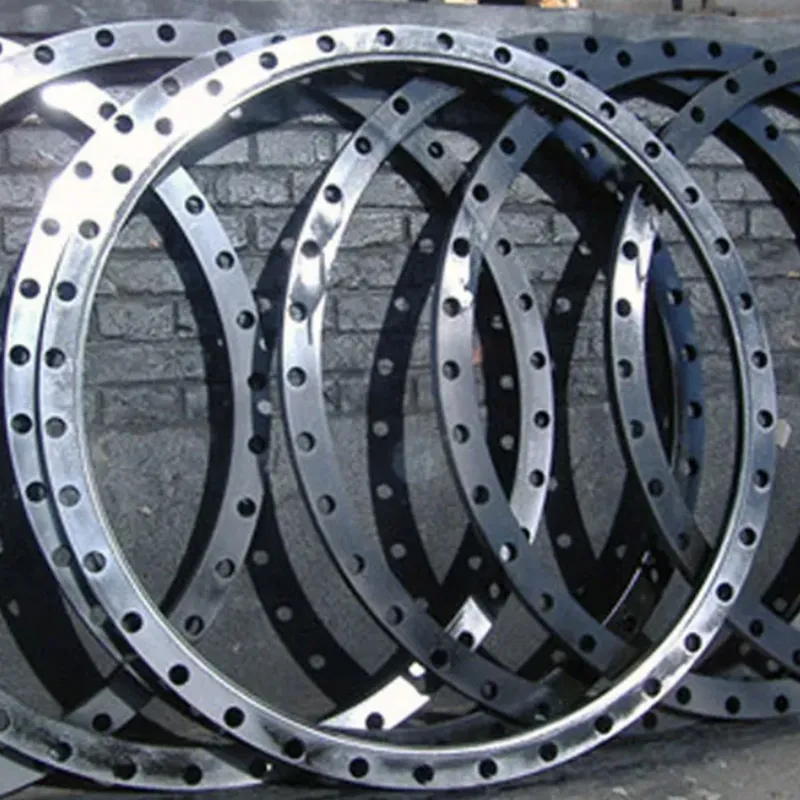-
Cangzhou Yulong Steel Co., Ltd.
-
Phone:
+86 13303177267 -
Email:
admin@ylsteelfittings.com
- English
- Arabic
- Italian
- Spanish
- Portuguese
- German
- kazakh
- Persian
- Greek
- French
- Russian
- Polish
- Thai
- Indonesian
- Vietnamese
- Zulu
- Korean
- Uzbek
- Hindi
- Serbian
- Malay
- Ukrainian
- Gujarati
- Haitian Creole
- hausa
- hawaiian
- Hebrew
- Miao
- Hungarian
- Icelandic
- igbo
- irish
- Japanese
- Javanese
- Kannada
- Khmer
- Rwandese
- Afrikaans
- Albanian
- Amharic
- Armenian
- Azerbaijani
- Basque
- Belarusian
- Bengali
- Bosnian
- Bulgarian
- Catalan
- Cebuano
- China
- China (Taiwan)
- Corsican
- Croatian
- Czech
- Danish
- Esperanto
- Estonian
- Finnish
- Frisian
- Galician
- Georgian
- Kurdish
- Kyrgyz
- Lao
- Latin
- Latvian
- Lithuanian
- Luxembourgish
- Macedonian
- Malgashi
- Malayalam
- Maltese
- Maori
- Marathi
- Mongolian
- Myanmar
- Nepali
- Norwegian
- Norwegian
- Occitan
- Pashto
- Dutch
- Punjabi
- Romanian
- Samoan
- Scottish Gaelic
- Sesotho
- Shona
- Sindhi
- Sinhala
- Slovak
- Slovenian
- Somali
- Sundanese
- Swahili
- Swedish
- Tagalog
- Tajik
- Tamil
- Tatar
- Telugu
- Turkish
- Turkmen
- Urdu
- Uighur
- Welsh
- Bantu
- Yiddish
- Yoruba

Dec . 11, 2024 07:45 Back to list
slip on flange ansi b16 5 class 150
Understanding Slip-On Flanges ANSI B16.5 Class 150
In industrial piping systems, flanges play a crucial role in connecting pipes, valves, pumps, and other equipment. Among the various types of flanges available, the slip-on flange is particularly popular due to its ease of installation and versatility. In this article, we will delve into the specifics of slip-on flanges as per ANSI B16.5 Class 150, highlighting their design, applications, advantages, and considerations.
What is a Slip-On Flange?
A slip-on flange, as the name suggests, is designed to slide over the end of a pipe. This type of flange is typically welded in place on both the inside and outside to ensure a secure connection. The slip-on design allows for easy alignment of the pipe and flange, making it an attractive option during installation.
ANSI B16.5 Standard and Class 150
ANSI B16.5 is a well-established standard that specifies the dimensions, ratings, and materials for flanges used in piping systems. Class 150 refers to the pressure rating of the flange, indicating that it is designed to withstand a maximum pressure of 150 psi at ambient temperatures. These flanges are widely used in various applications, including water pipelines, chemical processing, and HVAC systems.
Design and Features
Slip-on flanges conforming to ANSI B16.5 Class 150 have a standard diameter and thickness, ensuring compatibility with pipes of equivalent schedule and size. The flanges come with bolt holes that are typically drilled to facilitate easy connection to other flanges or equipment. Moreover, slip-on flanges can feature various finishes and coatings, depending on the environmental conditions and the intended application.
Material selection for slip-on flanges is crucial. They can be fabricated from various materials, including carbon steel, stainless steel, and alloy steel, providing options for industries that require corrosion resistance or high-temperature performance. The choice of material is essential for ensuring the longevity and reliability of the piping system.
Advantages of Slip-On Flanges
slip on flange ansi b16 5 class 150

1. Ease of Installation One of the primary benefits of slip-on flanges is their straightforward installation process. They can be easily aligned to the pipe before welding, making them user-friendly for contractors and installers.
3. Versatility Slip-on flanges are suitable for various applications, from low-pressure water systems to more demanding industrial environments, making them a versatile choice for engineers.
4. Reduced Risk of Misalignment The design of slip-on flanges helps reduce issues related to misalignment during installation, thereby minimizing the risk of leaks and failures.
Considerations
While slip-on flanges offer many advantages, there are some considerations to keep in mind. Their pressure rating is typically lower than that of other flanges, which may limit their use in high-pressure applications. Additionally, the welds used to secure the flanges should be properly inspected and maintained to ensure integrity over time.
Proper maintenance is vital to ensuring the longevity of slip-on flanges, particularly in corrosive or high-temperature environments. Regular inspections can help catch signs of wear or damage before they lead to more significant issues.
Conclusion
Slip-on flanges in accordance with ANSI B16.5 Class 150 are a practical and widely used solution for connecting pipes in various applications. Their user-friendly installation, cost-effectiveness, and versatility make them a go-to choice for engineers and contractors alike. However, understanding their limitations and ensuring proper maintenance is essential for optimal performance and longevity. By considering these factors, industries can effectively utilize slip-on flanges to maintain safe and efficient piping systems.
Latest news
-
ANSI 150P SS304 SO FLANGE
NewsFeb.14,2025
-
ASTM A333GR6 STEEL PIPE
NewsJan.20,2025
-
ANSI B16.5 WELDING NECK FLANGE
NewsJan.15,2026
-
ANSI B16.5 SLIP-ON FLANGE
NewsApr.19,2024
-
SABS 1123 FLANGE
NewsJan.15,2025
-
DIN86044 PLATE FLANGE
NewsApr.19,2024
-
DIN2527 BLIND FLANGE
NewsApr.12,2024
-
JIS B2311 Butt-Welding Fittings LR/SR 45°/90° /180°Seamless/Weld
NewsApr.23,2024











